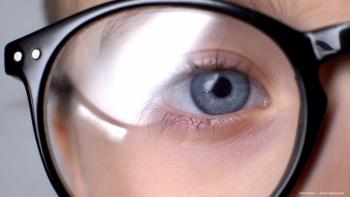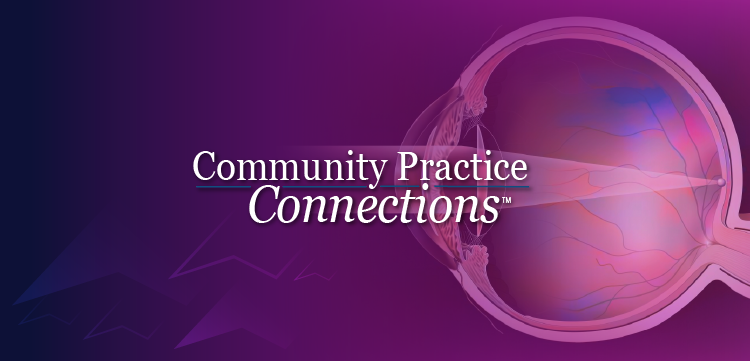
Glaucoma a factor in limiting or ceasing driving among elderly
San Diego-Elderly people who have bilateral glaucoma are significantly more likely to cease driving than age-matched peers who do not have glaucoma or who have glaucoma in only one eye, according to Pradeep Y. Ramulu, MD, PhD, assistant professor of ophthalmology, Wilmer Eye Institute, Johns Hopkins University School of Medicine, Baltimore.
San Diego–-Elderly people who have bilateral glaucoma are significantly more likely to cease driving than age-matched peers who do not have glaucoma or who have glaucoma in only one eye, according to Pradeep Y. Ramulu, MD, PhD, assistant professor of ophthalmology, Wilmer Eye Institute, Johns Hopkins University School of Medicine, Baltimore.
Dr. Ramulu and his colleagues conducted a cross-sectional, population-based study of 1,135 drivers in the Salisbury Eye Evaluation Driving Study who were aged 73 to 93 years. The study group included 70 people with unilateral and 68 people with bilateral glaucoma.
In a univariate analysis, the individuals with bilateral glaucoma had a 40% likelihood of having ceased driving from the time they entered into the study to the time of the interview, compared with a 21% probability for those with unilateral glaucoma and 15% of those without glaucoma.
“We found that the odds of driving cessation doubled for every 5 dB of visual field worsening in the better eye,” he said.
The study had limitations, however. The exact amount of visual field loss that initially triggered driving cessation was not determined; the subjects were elderly, and younger drivers may be better able to adapt to visual field loss; and Salisbury, MD, is a rural community and the results obtained there may not be typical in all urban or suburban settings, Dr. Ramulu said.
“But if you take our data to predict how many individuals have stopped driving in America because of glaucoma, you get a number that is probably in excess of 200,000, which is a substantial impact,” he said. “We also think that minimizing the amount of visual field loss in the better eye gives us a very tangible way to help these people keep driving and lead independent lives.”
In a society so heavily dependent on the automobile, the fact that glaucoma may be contributing to some elderly drivers “taking themselves off the road” has a mixed impact, Dr. Ramulu said.
“From a safety standpoint, it may be better that patients with worsening visual fields cease driving, but then they may enter into nursing homes and become depressed,” he concluded. “I don’t know that one is better than the other.”
Newsletter
Don’t miss out—get Ophthalmology Times updates on the latest clinical advancements and expert interviews, straight to your inbox.



















































.png)


